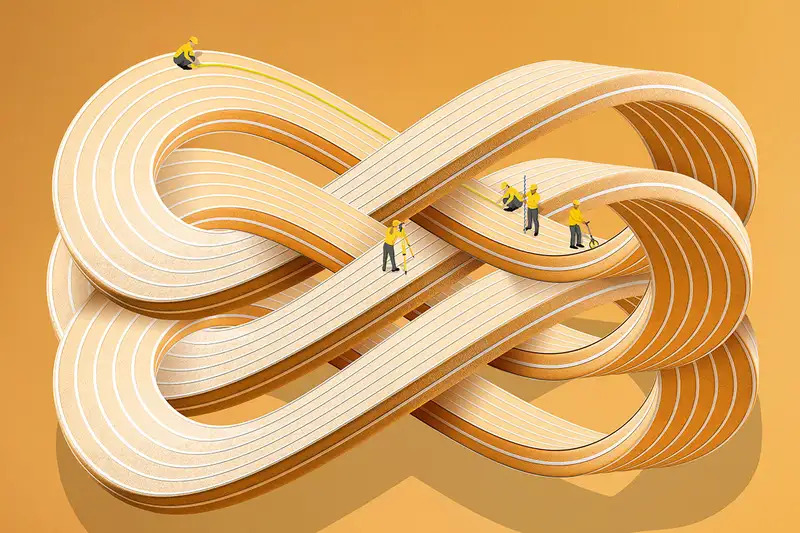Mathematicians have long known infinity comes in many sizes, but how do they relate to one another? The key lies in a 150-year-old mystery known as the continuum hypothesis.
 Shutterstock/ Image Flow
Shutterstock/ Image Flow
–
By Timothy Revell
2022 Apr 13
–
INFINITY is a concept that is easy to think about, but hard to understand. Who hasn’t looked up at the night sky and wondered whether space goes on forever? Is it an endless expanse, or does it eventually just stop? What does it mean if it doesn’t?
For trained mathematical brains, the infinite is if anything even more bamboozling. Mathematicians have known for well over a century now that infinity isn’t just one thing, it is infinitely many. There is an unending tower of ever greater infinities stretching up all the way to… well, whatever you’d like to call it.
That isn’t even the worst of it. Although the existence of this tower of infinities is a logical consequence of mathematics as we know it, that same mathematics is powerless to describe it completely. Chip away at the plaster to reveal the structure underneath and you see that crucial load-bearing beams are missing in the lower levels, suggesting that the foundations of mathematics itself are unstable.
Mathematicians have long argued about how best to shore the infinite tower up. Some say we should simply leave well alone and hope for the best. Others have proposed fixes, variously deemed too costly, unlikely to work or not in keeping with the original style. No one has yet made anything like a breakthrough. Except, perhaps, until now. After decades of apparent stalemate, serious progress seems to have been made on the baffling question that lies at the heart of it all: a nearly 150-year-old unproven conjecture known as the continuum hypothesis.
Humans have probably been thinking about the unending for most of …
Continue reading
App + Web
- Unlimited access to newscientist.com with over 30 years of archive content, 200+ science talks and weekly interactive Crosswords
- The New Scientist app including the current issue, back issues and all issues of New Scientist: The Collection
- Exclusive access to subscriber-only events
- 50+ new articles a week
- PLUS listen to audio versions of New Scientist
$2.54
Per week
Save 62%
Print + App + Web

- Print edition delivered direct to your door each week
- Unlimited access to newscientist.com with over 30 years of archive content, 200+ science talks and weekly interactive Crosswords
- The New Scientist app including the current issue, back issues and all issues of New Scientist: The Collection
- Exclusive access to subscriber-only events
- 50+ new articles a week
- PLUS listen to audio versions of New Scientist
$2.93
Per week
Save 78%
Existing subscribers, please log in with your email address to link your account access.
Paid quarterly
Inclusive of applicable taxes (VAT)
- MS reversed by transplanted immune cells that fight Epstein-Barr virus
- Blind Mexican cave fish are developing cave-specific accents
- Infinity has long baffled mathematicians – have we now figured it out?
- Brain regions linked to empathy bigger in monkeys with more friends
- Rediscovered orchid was presumed extinct for almost a century
MORE FROM NEW SCIENTIST

Group that wants to contact aliens will transmit to TRAPPIST-1 system

An extreme form of encryption could solve big data’s privacy problem

A new place for consciousness in our understanding of the universe

We must recognise science’s unsung global pioneers to alter its future
–
–
–
–
(For the source of this, and many other equally intriguing and important articles, please visit: https://www.newscientist.com/article/mg25433822-900-infinity-has-long-baffled-mathematicians-have-we-now-figured-it-out/)






